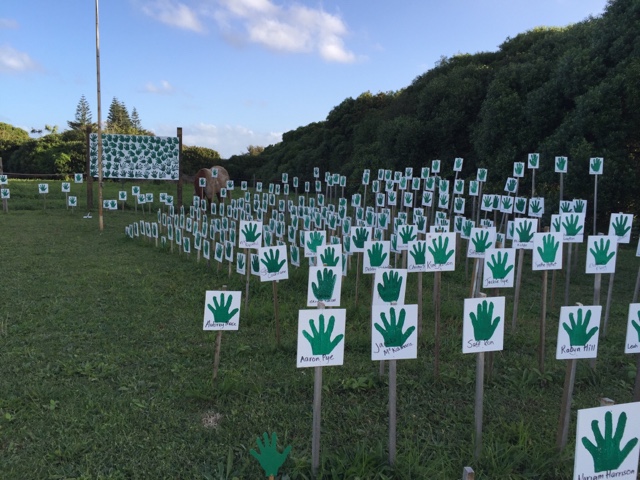The history of Broken Hill is marked with bitter and protracted strikes, particularly the “Great Strike” of 1919 which lasted 18 months and led to the 35-hour week for miners and improved health and safety conditions.
The “Big Strike” was Broken Hill’s greatest industrial battle. It lasted from May 1919 until November 1920 and involved thousands of mine workers and their families who struggled to survive, mainly on rations of potatoes, onions and jam.
The women of Broken Hill played a pivotal role in the strikes which shaped the unique industrial history of the city, offering physical and moral support to their mining fathers, husbands, brothers and sons.
Not well known is the role played during this strike by Sir Sidney Kidman, later to become Australia's largest rural property owner. At the time of the strike Kidman had a butcher shop in the Main Street of Broken Hill which served as an outlet for his then growing cattle empire. As the strike progressed he felt for the miner's families and would provide fresh meat at no charge to the wives so they might feed their children. The understanding was never abused and when the strike finally finished and the miner's returned to work, Kidman's butchery was rewarded with all the town's trade. Today the butchery still occupies the same premises in the Kidman Building down the end of Broken Hill's Main Street.
Miners are immortalised in much of Broken Hill
This is the third visit by the Bazflyers in ZK-BAZ to Broken Hill and hurrah for an interesting new find; Bells Milk Bar. Step back to the '60s for delicious coffee and a pretty mean double malt. Rumour has it that the owner 'Pearly Bell' would stand out in the street until it was devoid of a single soul before closing for the night.











